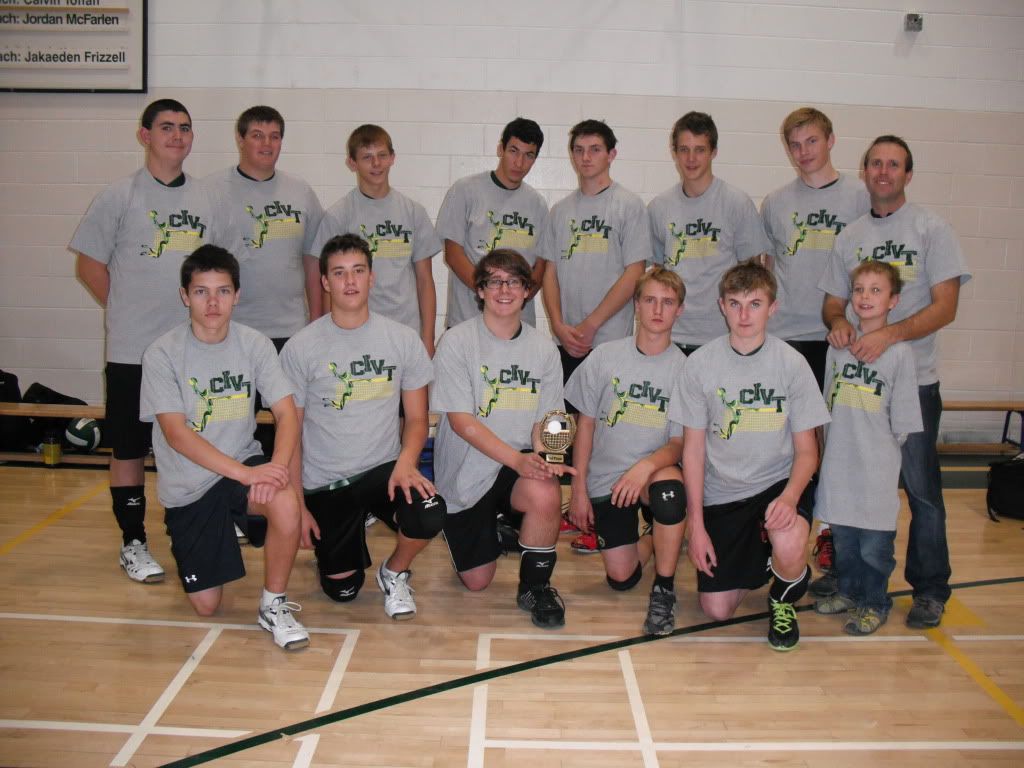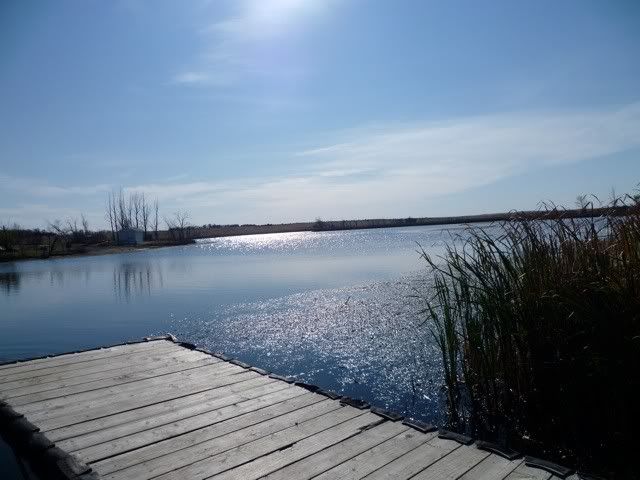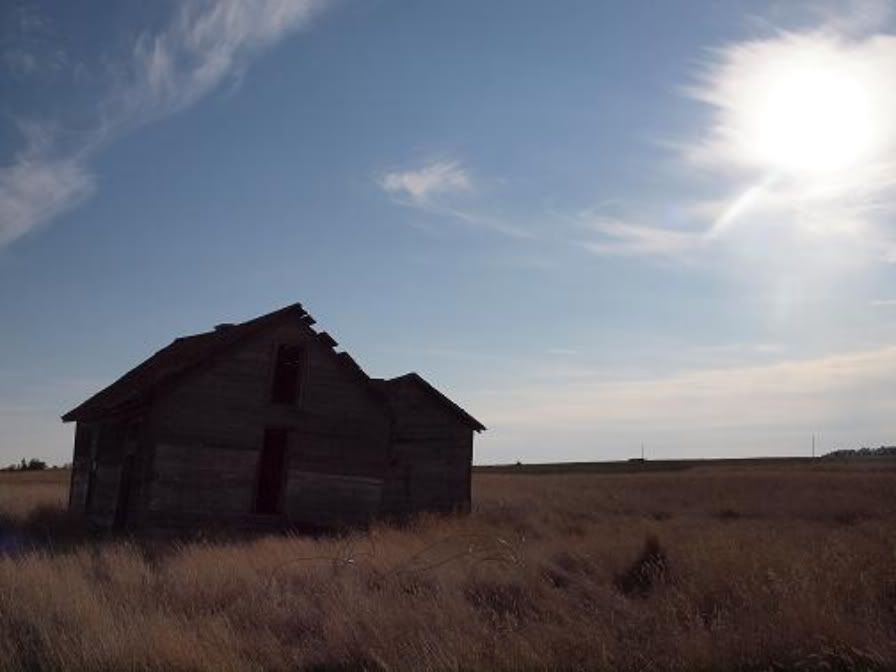The art of transforming a block of wood into a bird carving has changed significantly compared to 50 years ago. Don Smith, resident of Mossbank, knows this better than anyone. Throughout the middle part of the 20th century, his father, Bernie Smith, became a renowned Saskatchewan bird carver whose legacy has become a part of the province’s pride.
“Dad made close to a thousand (carvings)… See, he never had the tools we have now. He used just a file and oil paint… and he used cedar fencepost,” says Don in his comfortable house on
Main Streetin Mossbank, Sask. He was inspired by his father’s love for birds and eventually began carving too.
Don’s walls and shelves are filled with memories of his family. Whether it is family photos or his father’s bird carvings, Don wants to hang on to every memory he can, especially the memories of his father.
Bernie Smith came to Maxim, Sask. in 1906 with his parents and five siblings. The family had ran a large laundry business in Ontario. But Bernie’s parents decided to pack their children up and leave their comfortable lifestyle in hopes of discovering the many opportunities homesteading in the new province of Saskatchewan had to offer.
Don recalls his father telling him a story about the horned larks flying over his head as the family made their entry, in a covered wagon, in to the province. It was Bernie’s first Saskatchewan experience with his soon-to-be-beloved birds.
But over time, Bernie would have a complex relationship with birds. He appreciated their magnificence but relied on them for survival.
“When they homesteaded here, he had to hunt to feed his family. But now we don’t need to hunt at all. It’s just a killing sport,” said Don.
Bernie and his family relied on Saskatchewan’s abundance of birds for subsistence. Even when he was married and moved to Mossbank, he continued to hunt fowl with his Winchester shotgun, to feed his new family. Vera Willits, Bernie’s youngest daughter, remembers fowl being served at almost every meal the family ate.
Growing up in Saskatchewan, Bernie lived in a small sod house on a half-section of land. He and his brothers did their part to contribute to working on the family farm. But in 1914, things changed. Prime Minister Borden established the War Measures Act and Canada announced it would be conscripting its young men to provide aid to the allies in the Great War. At age 21, Bernie was one of these young men.
From 1914-1917, Bernie spent little time focusing on birds and, instead, became a signaler in the war, an occupation he would continue to follow once he returned home. Over the next five years, Bernie would be stationed at notorious battle sites including Passchendaele, Vimy Ridge, in Belgium and in Germany.
According to Willits, Bernie faced many obstacles during the war. But he learned things that he would apply to his life once he returned home. He was gassed with mustard gas and he was once shot directly in the helmet. He would often tell his children he was a lucky man to still be alive.
Once Bernie returned to Saskatchewan, he took his telegraphy exams and he became a CNR agent. He often moved around from one southern Saskatchewan town to another. It was in a bank in Craik where he spotted his future wife, Beatrice, working as a teller. Fittingly, one night they met on the railway tracks and their fate was decided. Bernie, Beatrice and their children [Dorothy, Vera and Don] would move from one small Saskatchewan town to another until they discovered Mossbank.
Bernie brought his family to Mossbank in 1941 where they lived above the railway station. Don suspects it was Lake Johnston, now known as Old Wives’ Lake that drew his father to Mossbank. It was known for attracting thousands of birds every spring. By car, it takes less than 10 minutes to get from Mossbank to Old Wives Lake, now a federal migratory bird sanctuary.
Before he had moved to Mossbank, Bernie began to carve the birds he shot as a hobby. Don understands his father’s relationship with birds better than anyone. It was complicated.
“Like the cavemen, (who) carved pictures of animals they hunted on the walls of their caves… dad carved a little goose because he hunted them,” said Don.
That little Canada Goose is what began Bernie’s future as one of Saskatchewan’s most well-known bird carvers. Bernie spontaneously sold that first carving to a persistent trainman who saw it sitting on the railway office counter. At that moment, Bernie had turned his hobby in to an on-the-side business. Neither Don nor Willits can remember exactly when their father sold that first carving. But they believe it was just before they moved to Mossbank.
Gradually, Bernie became more and more known among certain bird-loving circles for his intricate hand-carved and painted wooden birds. His carving hobby took off once he retired. He had orders from all over the world - the United States, Afghanistan, China, Japan, Britain and Scotland. There was such a demand for the carvings that Audrey Tate, the Museum of Mossbank’s secretary, recalls hearing that people would send Bernie a blank cheque for him to fill out based on what he thought he should be paid.
Eventually, Bernie would quit bird hunting entirely and focus solely on carving his birds. In May of 1978, Bernie told the Moose Jaw Times-Herald that he would rather see birds flying around than see them dead. Don remembers one specific occasion with his father.
“I was out hunting with my dad when I was a young fellow and some geese flew over. And he didn’t shoot them. He just looked at them. I said, ‘Why didn’t you shoot those geese?’ And he said, ‘Well I just didn’t want to.’ He’d shot his share and just didn’t want to do it anymore,” said Don.
Roy Tollefson, a retired farmer and contributor to Mossbank’s history book Furrows and Faith, bought four of Bernie’s carvings.
“I was proud of the fact that we had a bird carver in our community. I was appreciative of his ability. We wanted to have some of Bernie’s work in our house. We never regretted buying it, I’ll tell you,” said Tollefson.
Bernie would go on to win contests and awards, including a silver medal for the Pacific National Awards in Vancouver. He would also show his work in galleries across Canada.
But it would be another man who would become the face for bird carvings in Saskatchewan. His name was William Hazzard and after breaking his leg on the job, he would turn bird carving into a full-time career. He came to see Bernie in Mossbank because he has heard a lot about his carving abilities and he wanted to learn from him. Eventually, Hazzard began to gain recognition in Canada and he succeeded Bernie as one of Canada’s greatest bird carvers.
However, Willits remembers that Hazzard always credited her father, in any interview he did, for having inspired him.
Don is eager to show anyone who has the time his and his father’s bird carvings. But he is aware that the handiwork isn’t as rare as it was in his father’s time.
“There’s a lot of people that do this now, where years ago it was just decoy makers,” says Smith.
Bernie continued to carve toward the end of his life. It was not until glaucoma blinded him in one eye that he had to stop. Don looked after him in his home until he died in 1990 at the age of 97. He was a happy-go-lucky man but near the end of his life, he told Willits he was simply “existing.” Willits believed her father passed away only a year after her mother because he couldn’t stand to live without her.
Perhaps it was also because he could not stand to live without his second love, bird carving, too.
Bernie Smith’s grave is tucked away in a humble corner of the Mossbank cemetery. Birds pass over his plot as they make their way to and from Old Wives’ Lake while his legacy can be found in the homes of bird-lovers from Mossbank to Asia.
By Roxanna Woloshyn
Photo credit Roxanna Woloshyn



 09:07
09:07
 102 Mossbank
102 Mossbank



